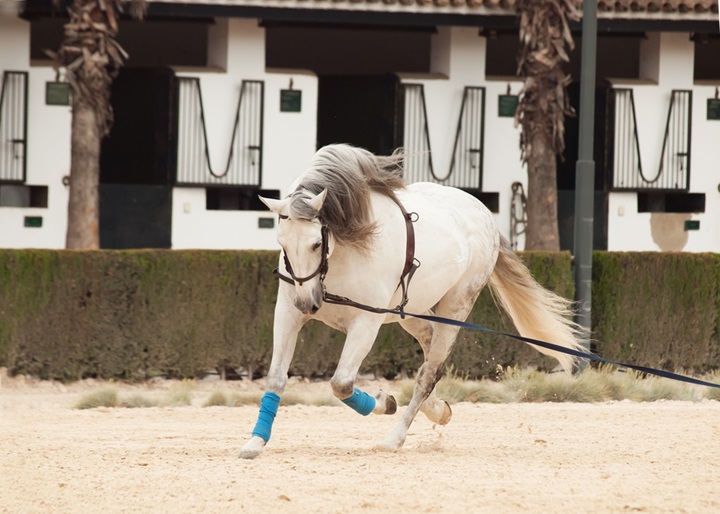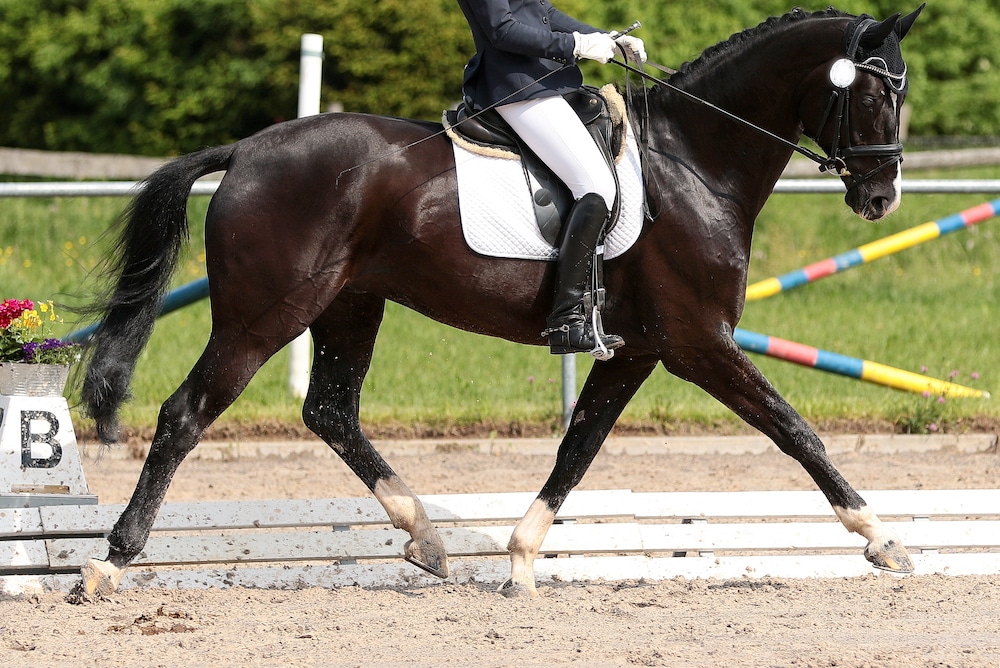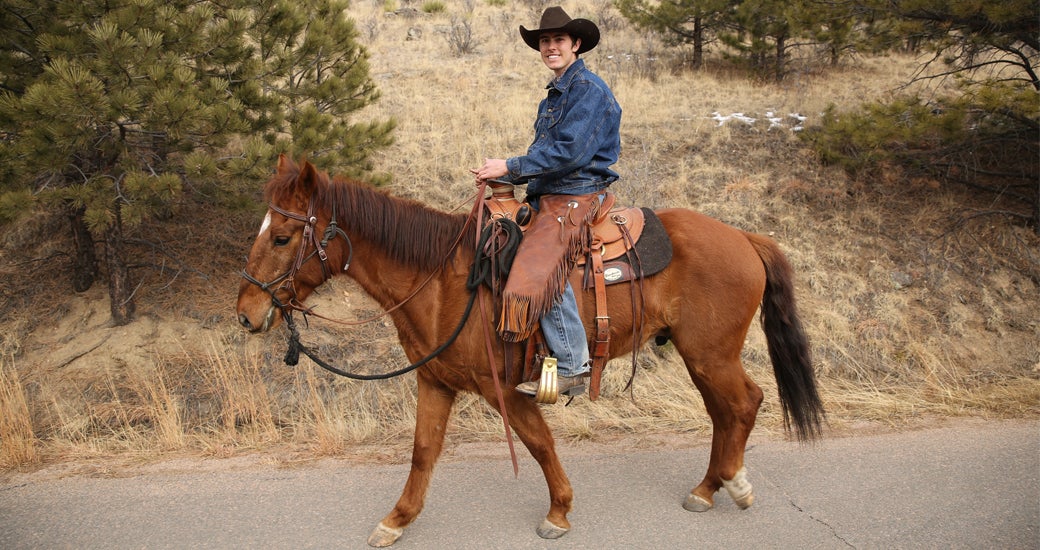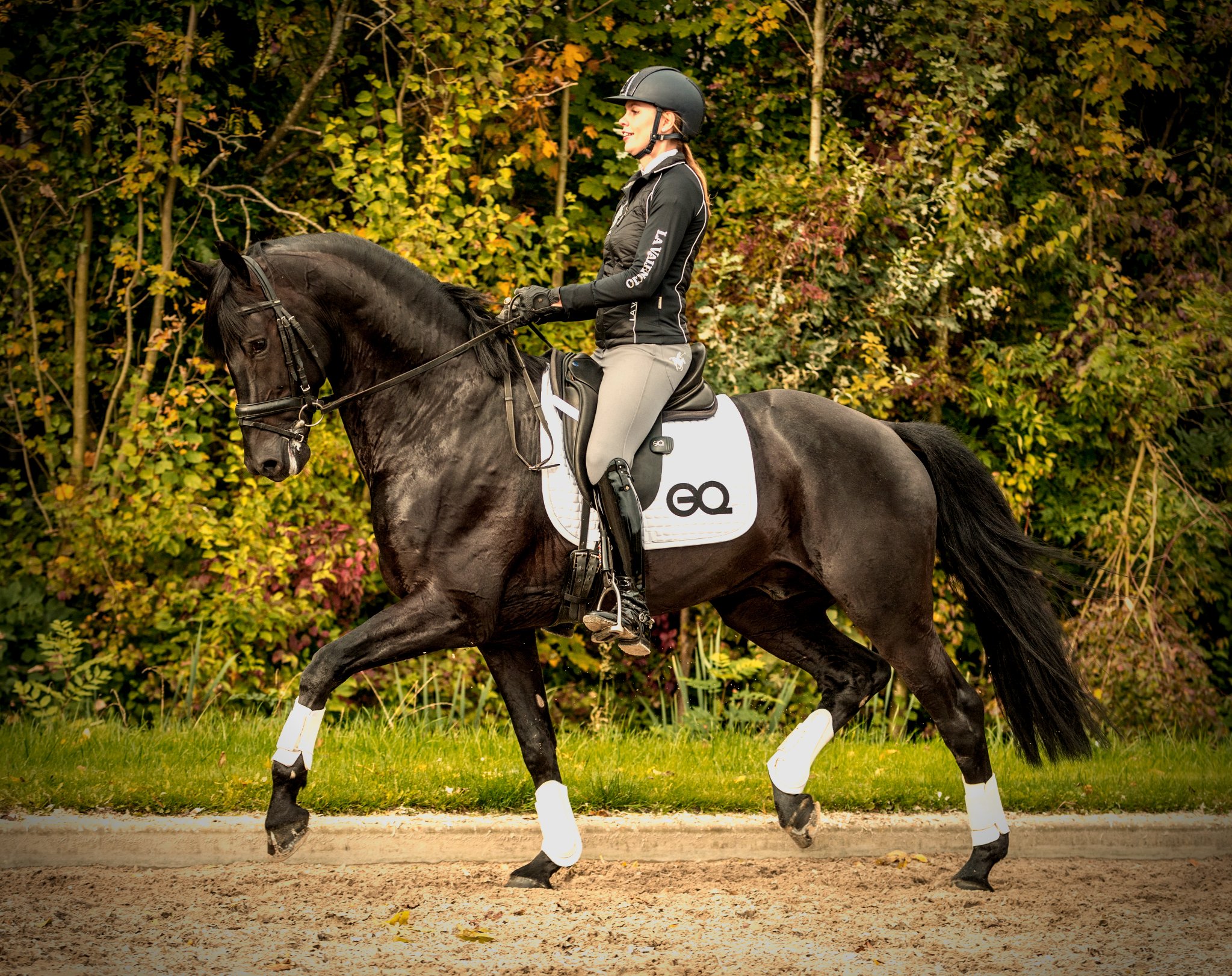How to Practice Riding Without a Horse: A Comprehensive Guide

Practicing horse riding without access to a horse might seem challenging, but there are effective methods to improve your skills, balance, and confidence off the saddle. This guide explores various techniques and tools that can help riders of all levels stay sharp and prepare for their next ride.
Why Practice Without a Horse?

- Accessibility: Not everyone has daily access to a horse.
- Safety: Beginners can build foundational skills without risk.
- Skill Improvement: Focus on balance, posture, and muscle memory.
- Cost-Effective: Saves money on stable fees and riding lessons.
Methods to Practice Riding Without a Horse

| Method | Description | Benefits |
|---|---|---|
| Balance Boards | Use a balance board to simulate the instability of a horse’s movement. | Improves core strength and balance. |
| Wooden Horse or Hobby Horse | Practice mounting, dismounting, and posture on a stationary model. | Enhances muscle memory and posture. |
| Riding Simulators | Mechanical or digital simulators mimic horse movements. | Provides realistic riding experience. |
| Yoga and Pilates | Focus on flexibility, core strength, and body awareness. | Improves rider’s fitness and control. |
| Visualization Techniques | Mental rehearsal of riding scenarios and techniques. | Enhances focus and confidence. |
Step-by-Step Practice Routine
- Warm-Up: Start with stretching exercises focusing on hips, legs, and back.
- Balance Training: Spend 10-15 minutes on a balance board.
- Posture Practice: Use a wooden horse or hobby horse to practice correct riding posture.
- Core Strengthening: Incorporate Pilates or yoga exercises.
- Mental Visualization: Spend 5-10 minutes visualizing riding scenarios.
Frequently Asked Questions (FAQ)
Can I really improve my riding skills without a horse?
Yes! While nothing replaces actual riding, off-horse practice improves balance, strength, and muscle memory, which are crucial for effective riding.
How often should I practice without a horse?
Aim for 3-4 times a week to see noticeable improvements.
Are riding simulators worth the investment?
If you’re serious about riding and want realistic practice, simulators can be very beneficial, though they can be costly.
What exercises help with riding posture?
Yoga poses like Warrior II and Pilates exercises focusing on the core are excellent for improving posture.
Conclusion
Practicing riding without a horse is a practical and effective way to enhance your skills, especially when access to a horse is limited. By incorporating balance training, posture practice, fitness exercises, and mental visualization, you can maintain and improve your riding abilities off the saddle. Start integrating these methods into your routine and feel more confident the next time you mount a horse!
